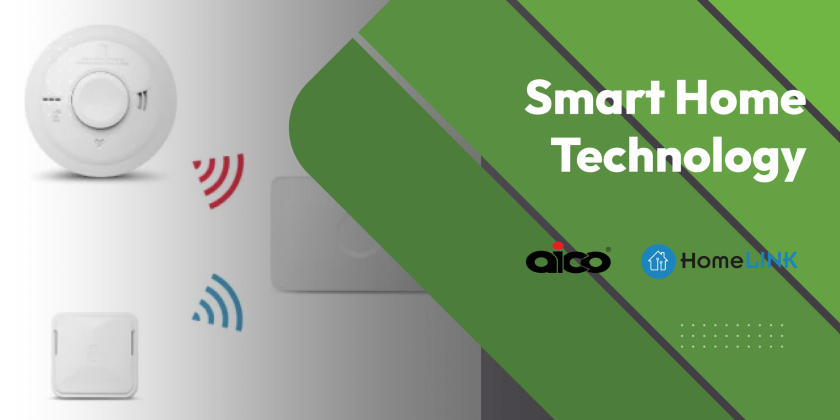With the rising popularity of renewable energy, solar panels have become a familiar sight across the UK. As more homeowners and businesses seek to reduce their carbon footprint and energy bills, understanding the different types of solar panels available is essential. From monocrystalline to polycrystalline and thin-film options, each type offers distinct benefits and considerations. In this guide, we will delve into the characteristics of these solar panel types, helping you make an informed decision that best suits your energy needs and property. Whether you’re a seasoned eco-warrior or just beginning your journey into green energy, this practical guide aims to illuminate the path towards sustainable power.
Introduction to Solar Panels
Solar panels are changing the way we think about energy. Understanding their basics is crucial for anyone considering this renewable energy source.
Understanding Solar Energy Basics
Solar energy basics revolve around the conversion of sunlight into electricity. Photovoltaic (PV) cells, which are the building blocks of solar panels, capture sunlight and convert it into direct current (DC) electricity. An inverter then changes this DC electricity into alternating current (AC) electricity, which powers most homes and businesses.
The efficiency of solar panels depends on several factors. These include the angle and direction of the panels, shading from trees or buildings, and the quality of the PV cells used. Proper installation is key to maximising energy output.
For those interested in harnessing solar energy, it’s important to understand these basics. Equipped with this knowledge, you can make informed decisions about installation and usage.
Why Choose Solar Panels in the UK?
Choosing solar panels in the UK makes sense for several reasons. The UK government offers incentives that make solar energy more affordable. Additionally, using solar panels can significantly reduce electricity bills over time.
The UK’s climate, though often cloudy, is still suitable for solar energy. Solar panels can generate electricity even on overcast days, making them viable throughout the year. This potential for energy savings is a major draw for many homeowners.
There’s also the environmental benefit to consider. Solar panels help reduce dependence on fossil fuels, thereby lowering carbon emissions. This aligns with the UK’s broader goals of achieving net-zero carbon emissions by 2050.
Types of Solar Panels
Various types of solar panels are available, each with unique benefits and drawbacks. Knowing these can help you select the best option for your needs.
Monocrystalline Solar Panels
Monocrystalline solar panels are known for their efficiency and longevity. They are made from a single, pure crystal structure, which allows electrons to move more freely. This results in higher energy conversion efficiency.
These panels tend to be more efficient than their counterparts, often exceeding 20% efficiency rates. Their uniform black appearance also makes them aesthetically pleasing, a consideration for many homeowners.
However, monocrystalline panels are typically more expensive. This might be a trade-off for their higher efficiency and longer lifespan, but it’s important to weigh these factors when making a decision.
Polycrystalline Solar Panels
Polycrystalline solar panels are made from multiple silicon crystals. This manufacturing process is less costly, resulting in a lower price point for consumers. They have a distinctive blue hue because of how light reflects off the crystals.
While generally less efficient than monocrystalline panels, polycrystalline options still offer good performance. They usually range between 15% to 17% efficiency, which can be adequate for many applications.
These panels are a practical choice for those looking to balance cost and efficiency. Their slightly lower efficiency can be offset by larger installations, making them suitable for homes with more roof space.
Thin-Film Solar Panels
Thin-film solar panels are created by depositing a thin layer of photovoltaic material onto a substrate. This makes them lightweight and flexible, ideal for unconventional applications like curved surfaces.
They tend to be less efficient than crystalline panels, often in the range of 10% to 13%. However, they perform better in low-light and high-temperature conditions, which can be advantageous in certain climates.
The low cost and flexibility of thin-film panels make them attractive for large-scale installations. They are often used in commercial projects where space and budget are less constrained.
Comparing Solar Panel Efficiency
Efficiency is a key factor when choosing solar panels. Understanding what affects efficiency helps in making informed choices.
Efficiency Rates Explained
Solar panel efficiency refers to the percentage of sunlight converted into usable electricity. High-efficiency panels maximise energy output, which is crucial for limited spaces.
Monocrystalline panels often top the efficiency charts, sometimes exceeding 22%. Polycrystalline panels generally offer around 15% to 17% efficiency, while thin-film panels are usually lower, around 10% to 13%.
The choice between these options depends on space availability and budget. Higher efficiency panels, though more expensive, might be necessary for smaller roofs to generate adequate power.
Factors Affecting Performance
Several factors affect solar panel performance. These include shade, which can drastically reduce efficiency, and orientation, with south-facing panels typically performing better in the UK.
Temperature also plays a role. While solar panels are designed to withstand heat, excessive temperatures can reduce their output. This is where thin-film panels might have an edge, performing better in high heat.
Regular cleaning and maintenance ensure optimal performance. Dust and debris can block sunlight, decreasing efficiency. Keeping panels clean and unobstructed is a simple way to maintain their performance.
Installation and Maintenance
Proper installation and maintenance are crucial to maximise the life and efficiency of your solar panels.
Choosing the Right Installer
Selecting a qualified installer is vital. Start by asking for recommendations and checking online reviews. Accreditation by the Microgeneration Certification Scheme (MCS) is a good sign of quality.
-
Research potential installers: Look for those with experience in solar panel installation.
-
Get multiple quotes: This helps ensure competitive pricing and service options.
-
Verify credentials: Ensure they are MCS certified and offer a warranty on their work.
A good installer will provide guidance on panel placement and system size to suit your energy needs.
Maintaining Your Solar Panels
Regular maintenance of solar panels is essential for long-term performance. Keeping them clean is a straightforward way to ensure they operate efficiently.
-
Inspect panels regularly for debris or damage.
-
Clean panels with water and a soft brush to avoid scratching.
-
Check the inverter display for any error messages.
Scheduling periodic professional maintenance can also be beneficial. Professionals can spot issues early, potentially saving on costly repairs later.
Costs and Financial Incentives
Understanding the costs and financial incentives related to solar panels can make the investment more attractive.
Initial Investment and Payback
The initial investment in solar panels can be substantial. Costs vary based on the type of panels and the size of the installation. However, the long-term savings on energy bills often justify this expense.
Most solar panel systems pay for themselves within 7 to 10 years. This period can be shorter with high energy prices or generous incentives. Calculating the payback period can help assess the financial viability.
Government Grants and Schemes
In the UK, several government schemes exist to support solar panel adoption. The Smart Export Guarantee allows you to sell excess electricity back to the grid. This can help offset costs.
-
Smart Export Guarantee (SEG): Pays for surplus energy exported to the grid.
-
VAT reductions: Some installations qualify for reduced VAT rates.
-
Local grants: Check for regional incentives that may be available.
These incentives make solar energy more affordable and accessible, encouraging more households to switch to renewable energy.


